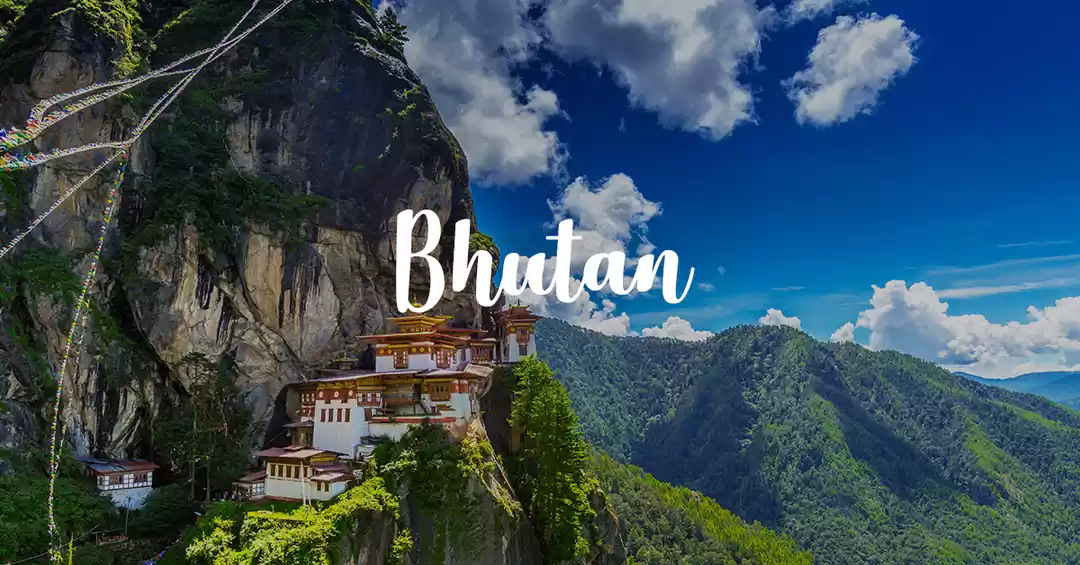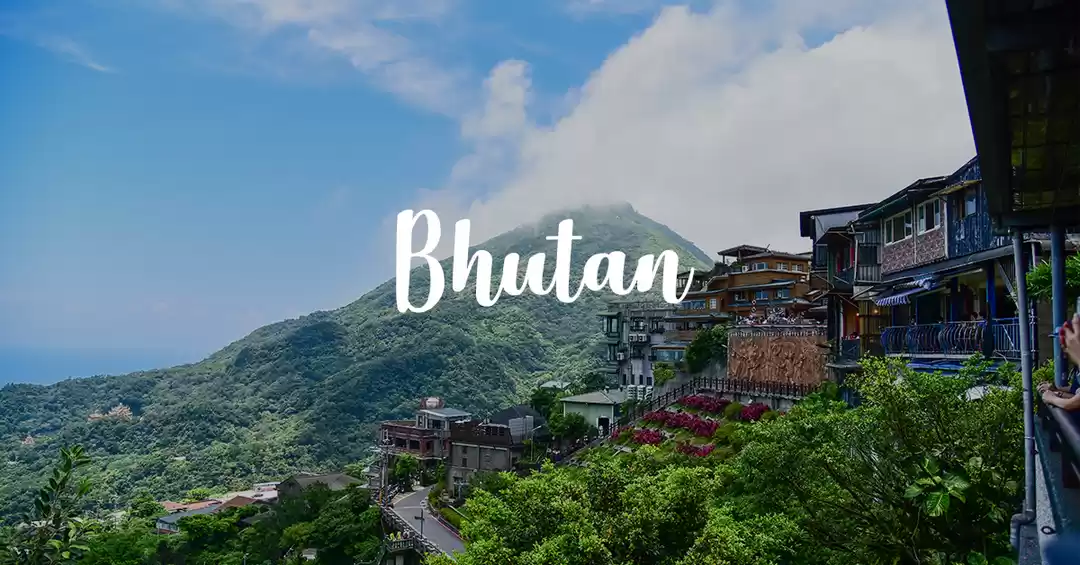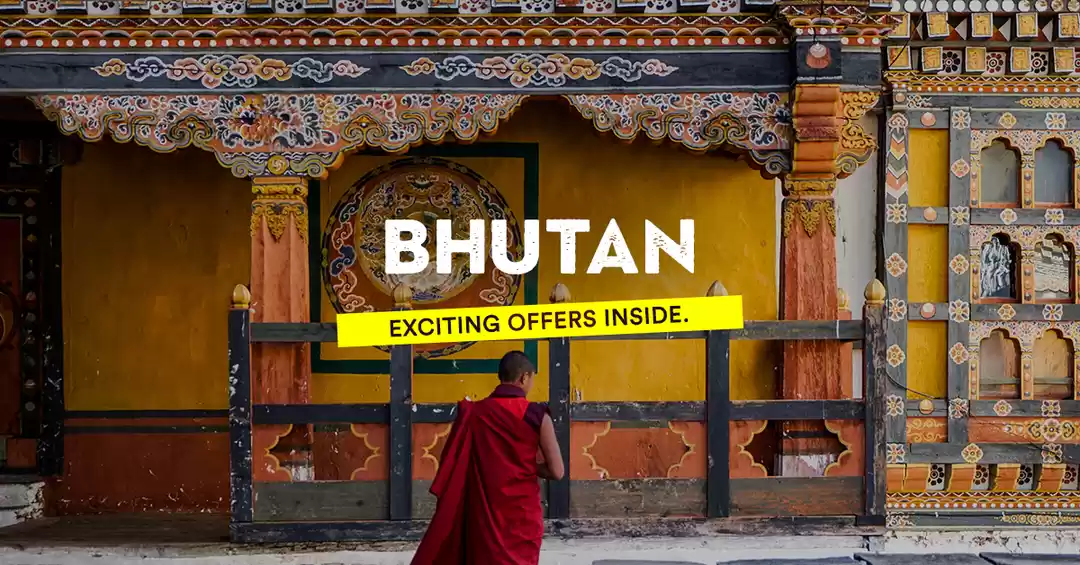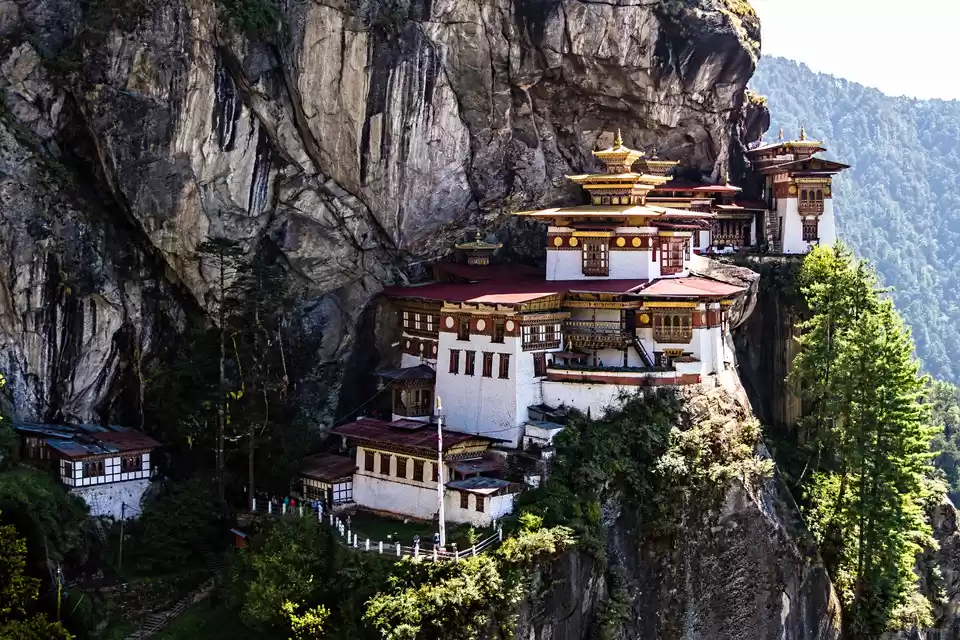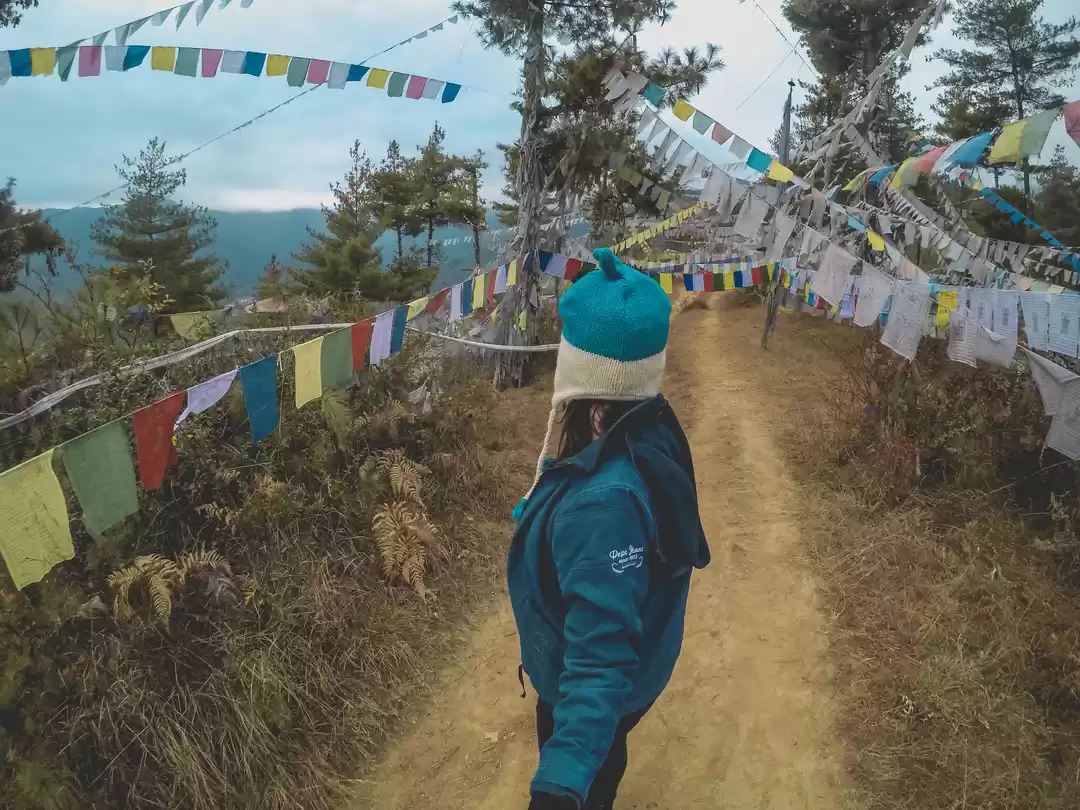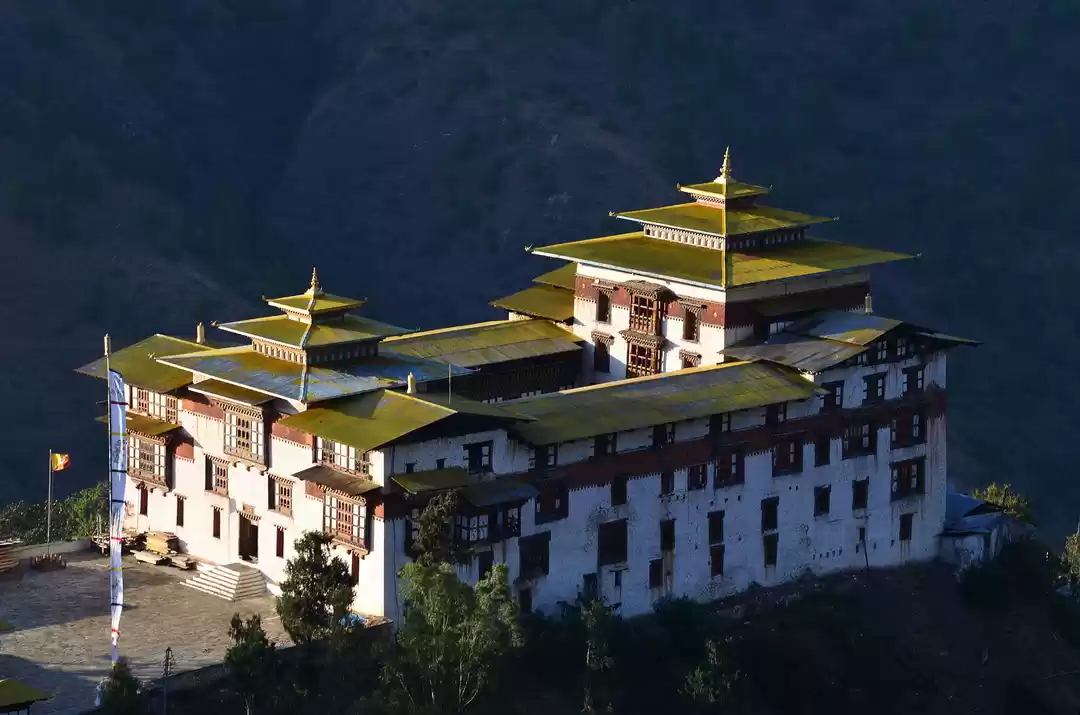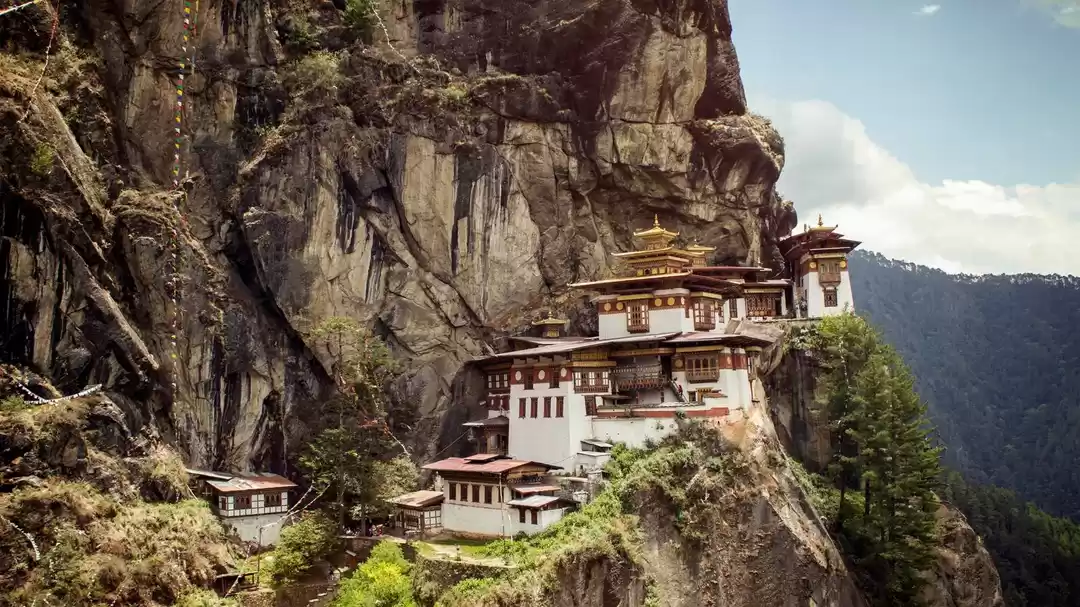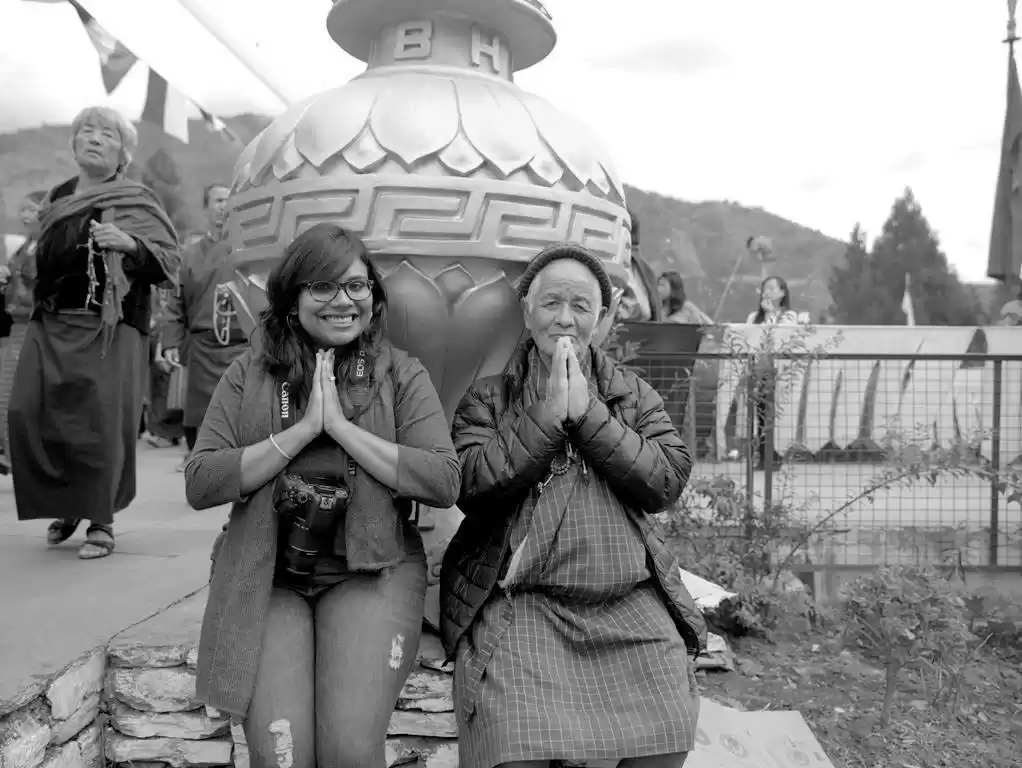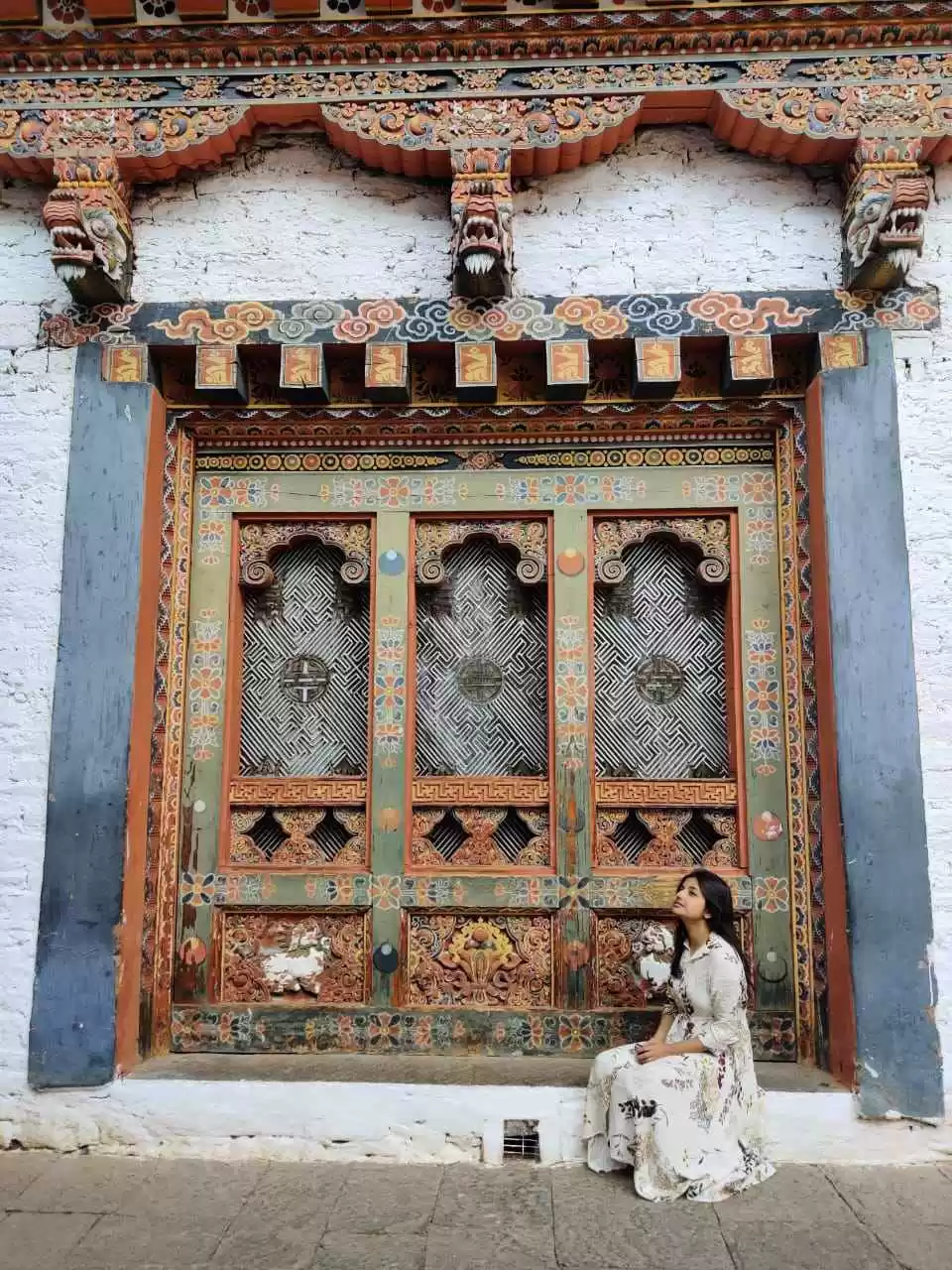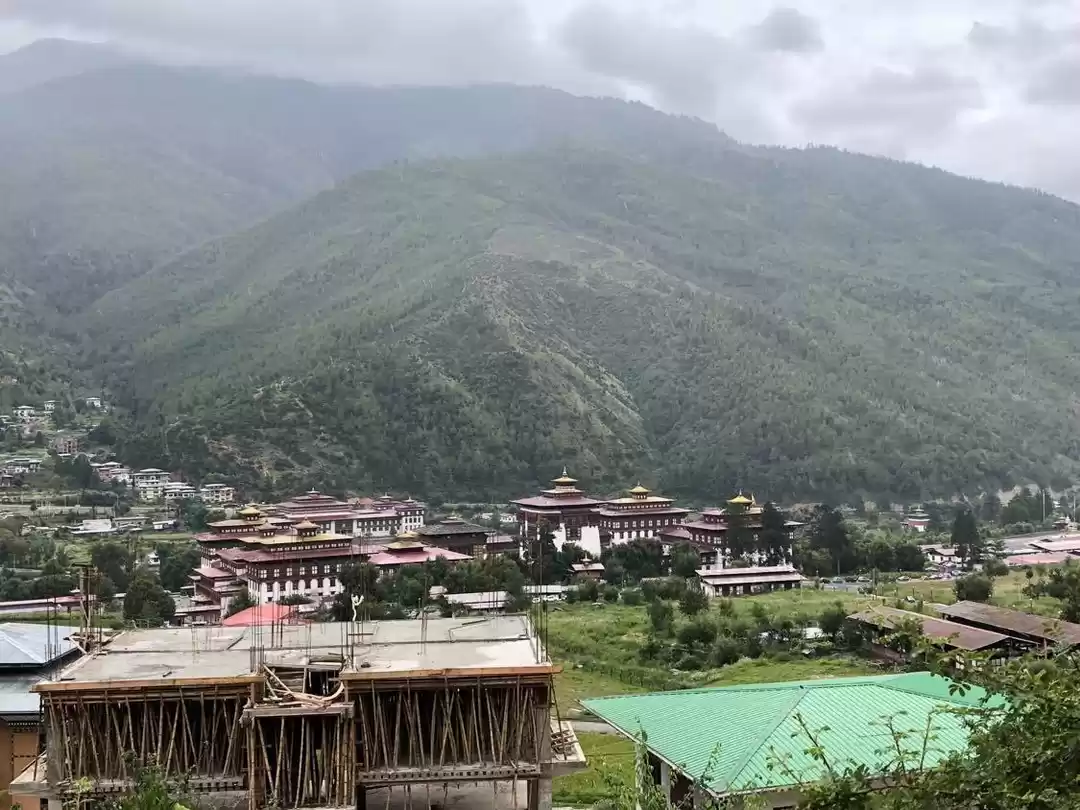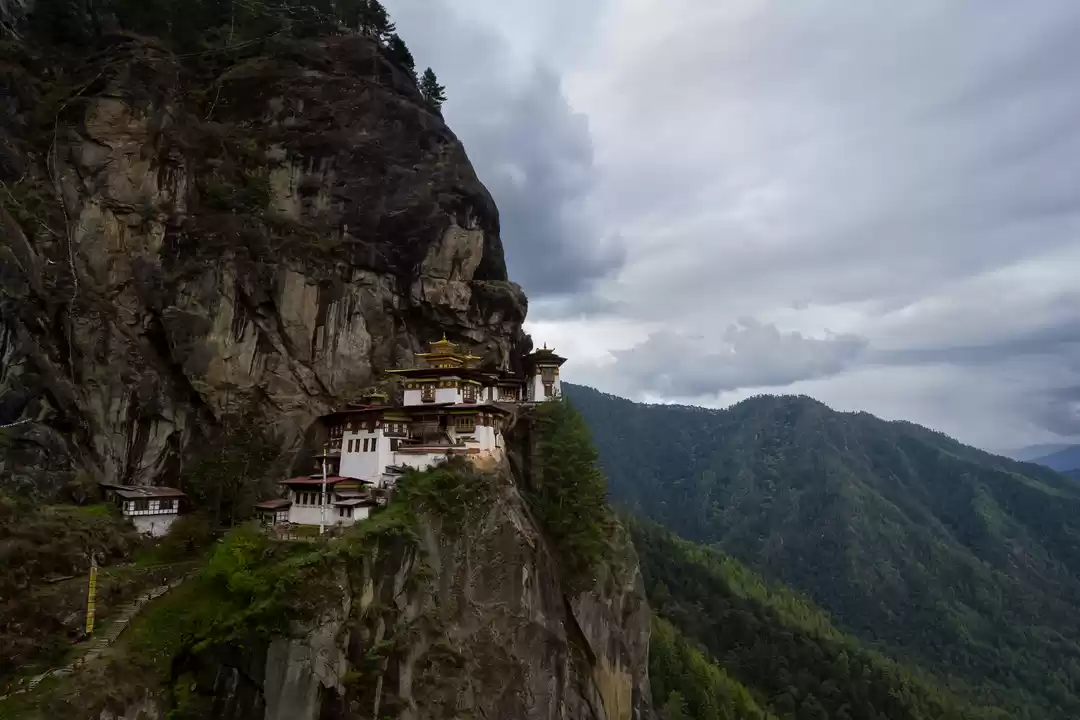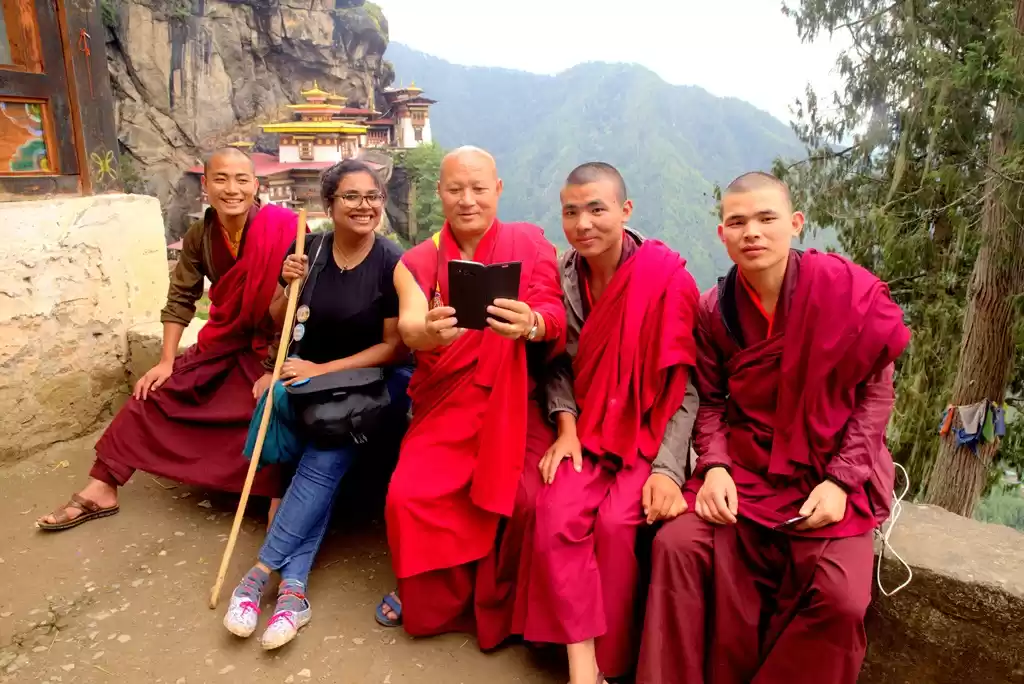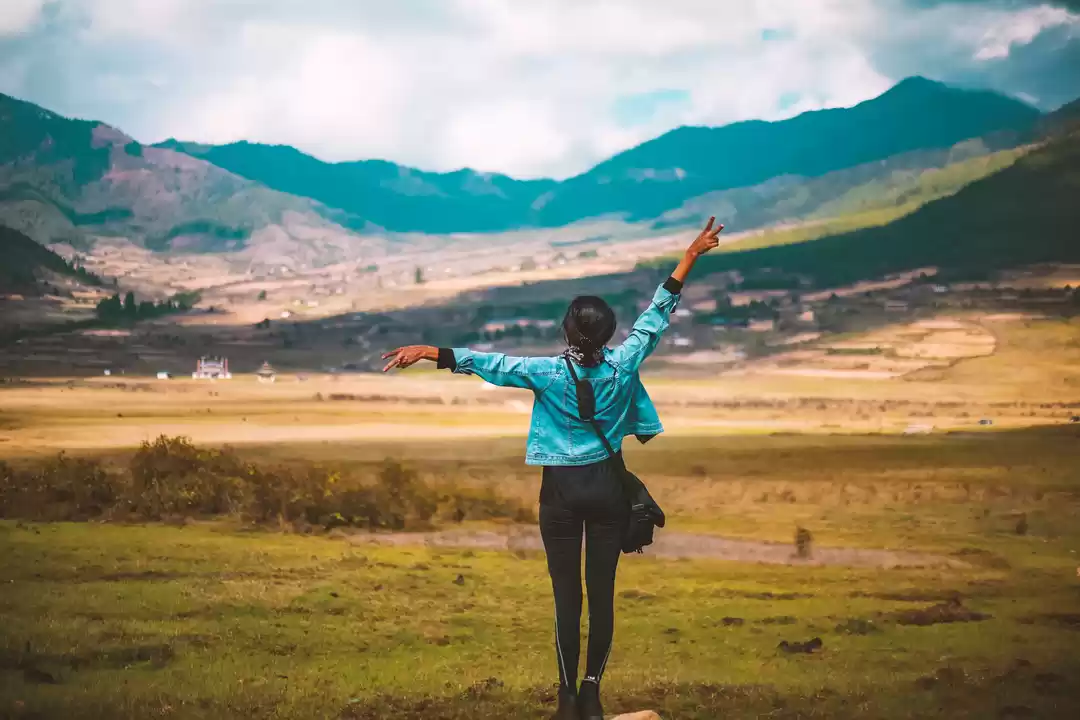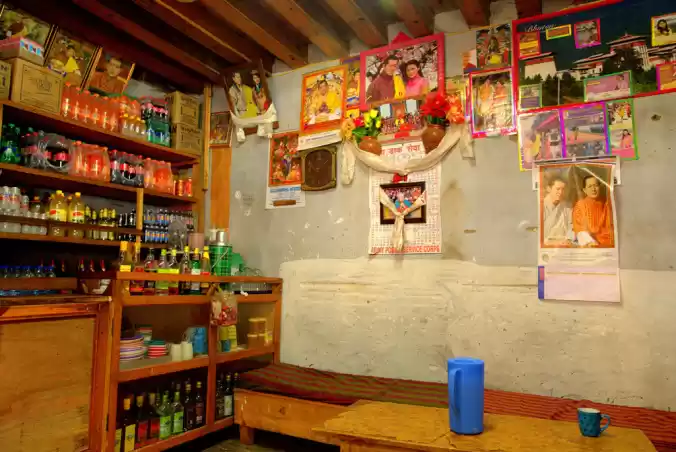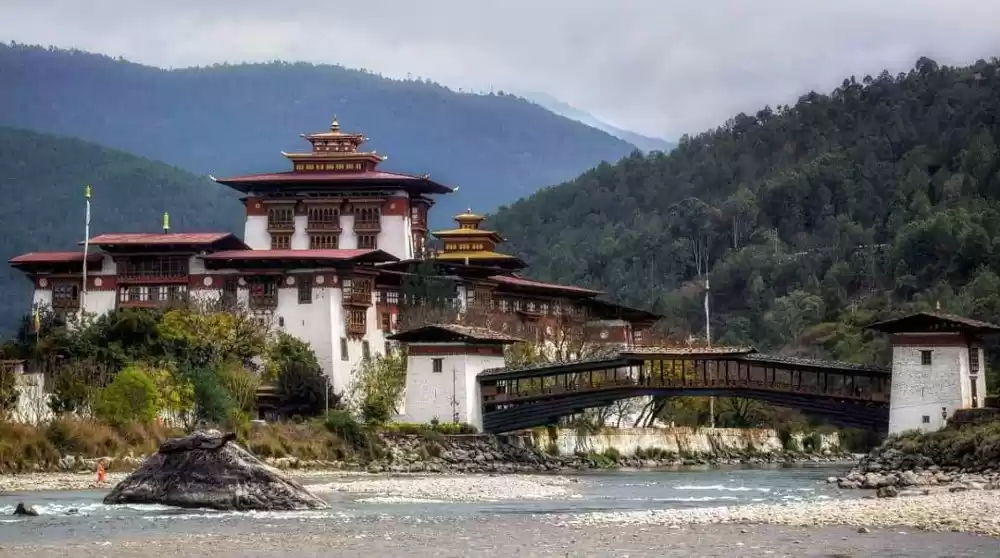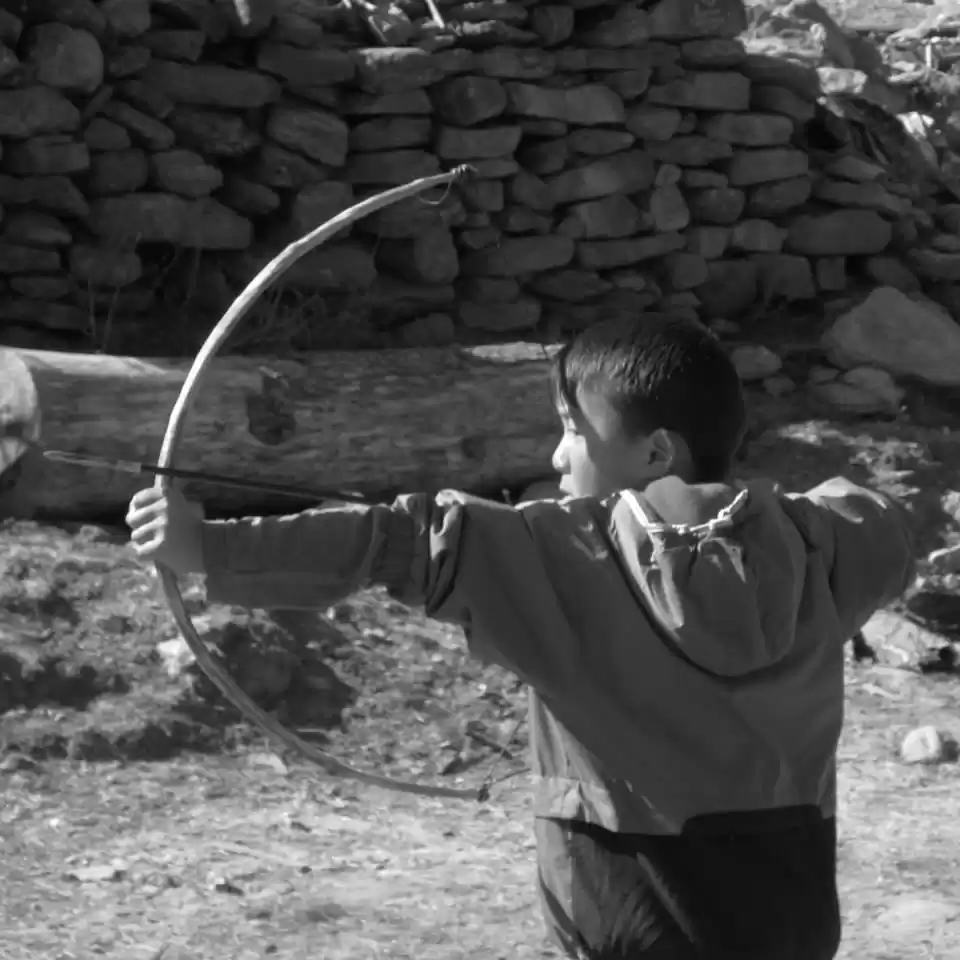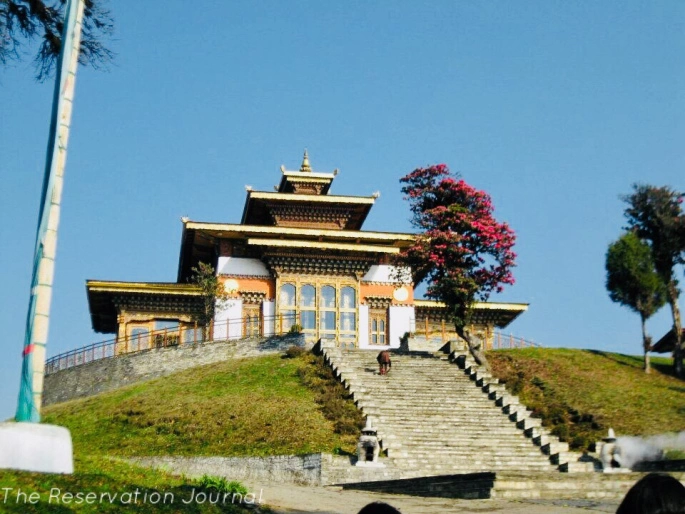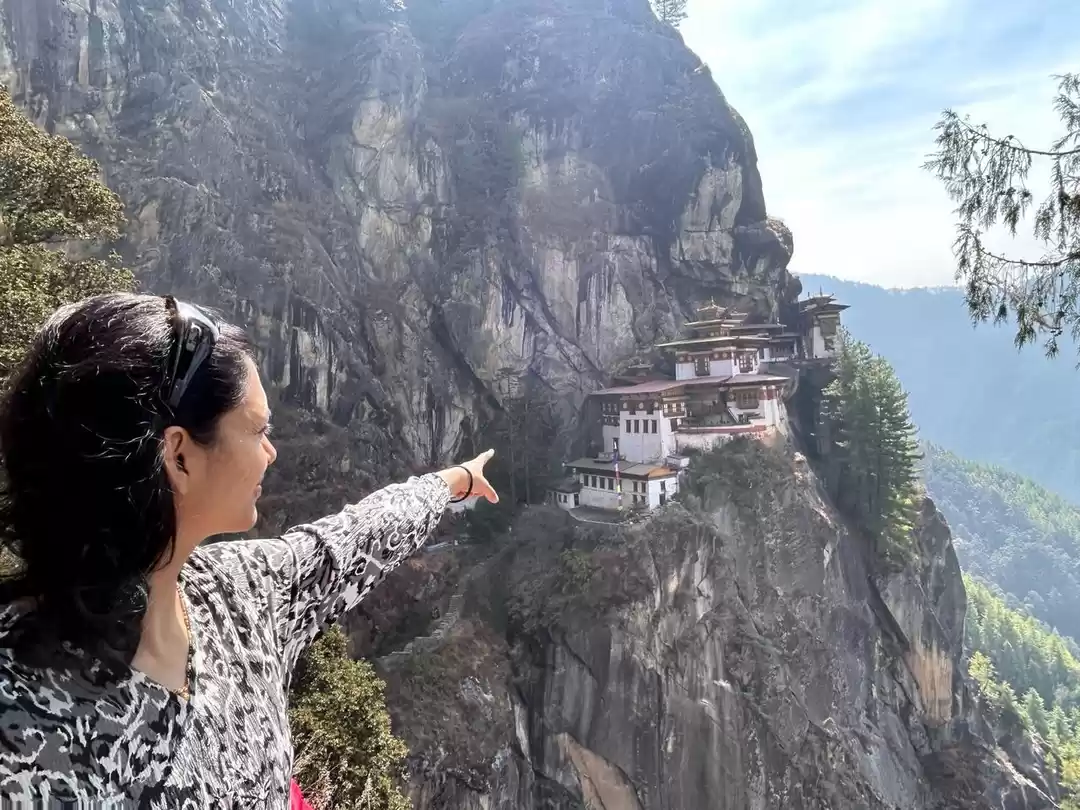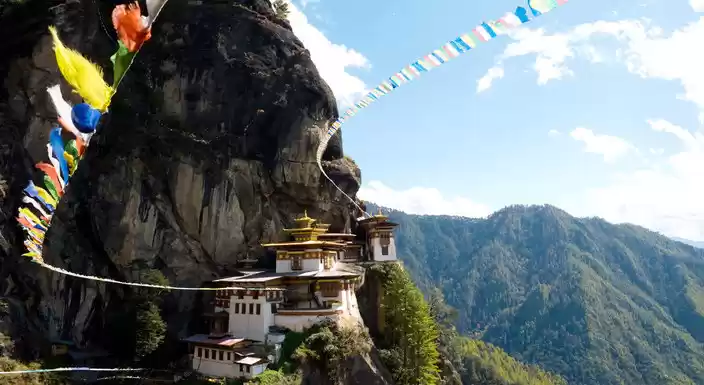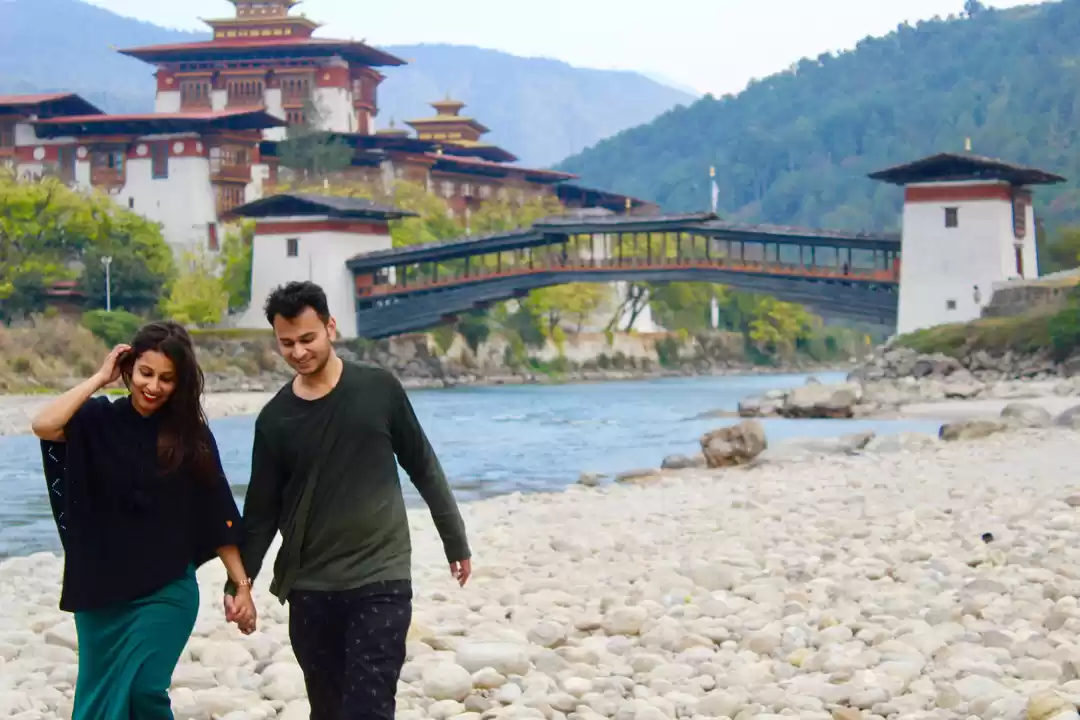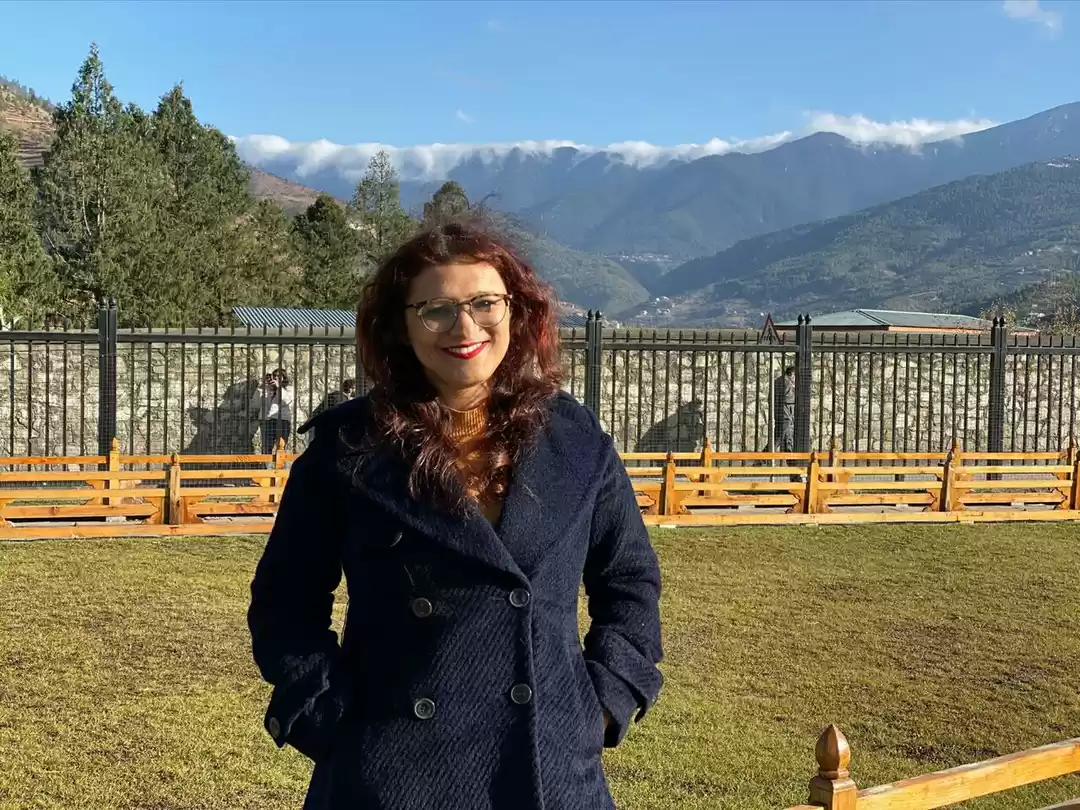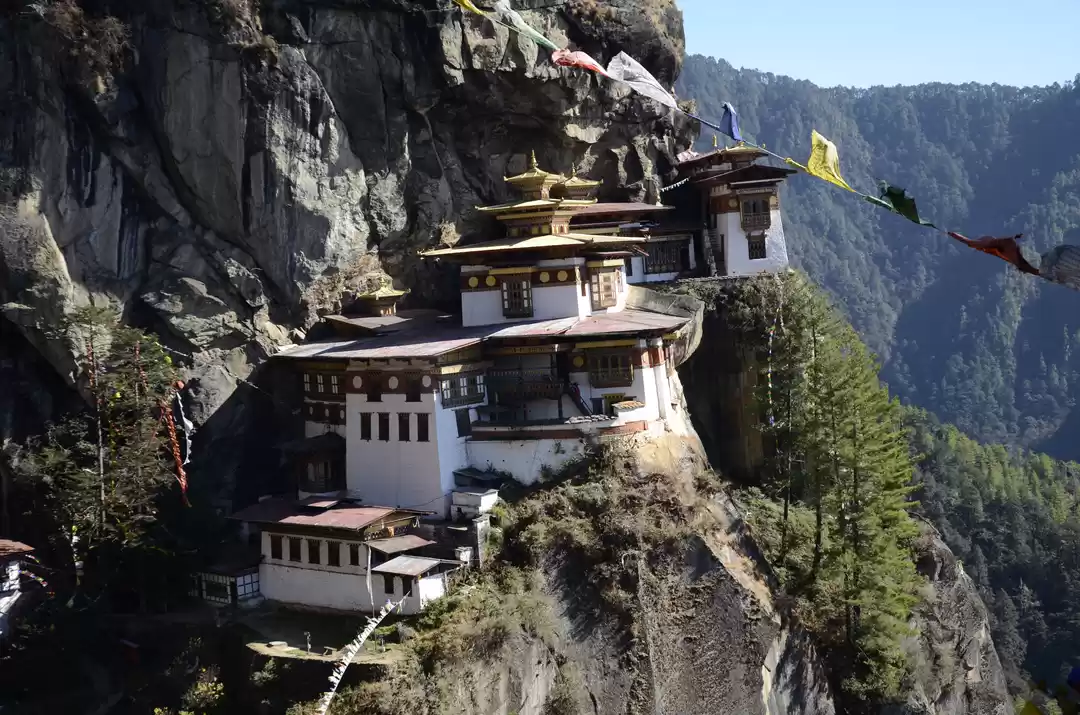Travelling to Bhutan is a unique experience. It’s an experience you won’t find in any other part of the world. While travelling there, you would witness many significant cultural figures depicted throughout the country in the form of sculptures, statues, paintings (also known as ‘Thangkas’).
So before you make a trip to Bhutan, or want to brush up on everything you’ve learnt about these figures in the country, the following list may be of some use.
DRUKPA KUNLEY - THE DIVINE MADMAN
“I have come without prejudice to help you, where can I find the best booze and most beautiful women.” – Drukpa Kunley, while entering villages and towns of Bhutan.
One of the most revered and followed saint in Bhutan, ‘The Mad Saint’ or ‘The Divine Madman’, Drukpa Kunley was very well known for his unorthodox ways of teaching Buddhism. He began as an ascetic monk, but denounced that lifestyle and spent the rest of his days on the other, more fun side of the “middle road”, which the Buddha advocated as a life between a self-indulgent, materialistic lifestyle and an ascetic life of sacrifice. He is legendary for drinking wine, being promiscuous, and using his "Flaming Thunderbolt of Wisdom" (the nickname for his penis) to strike down and subdue evil demons.
His crazy methods of enlightening other beings, mostly women, earned him the title "The Saint of 5,000 Women". Among other things, women would seek his blessing in the form of sex. His intention was to show that it is possible to be enlightened, impart enlightenment, and still lead a very healthy sex life.
Although Drukpa Kunley's methods are considered blasphemous and crude, he is considered Bhutan's patron saint and is highly regarded as one if it's greatest spiritual leaders. His influence is a reminder to the Bhutanese people to have fun and enjoy life. One can find his several songs over the internet to understand his teachings better.
Drukpa Kunley’s influence is found all over the country, especially painted on the walls of people’s homes in the form of giant, flying phalluses painted on buildings. These symbols are believed to bring in good luck and ward of evil spirits. Not only this, the phalluses of different sizes can easily be found in various forms at souvenir shops across the country.
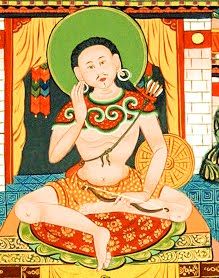
THANGTONG GYALPO – THE IRON MAN
The master of many trades, Thangtong Gyalpo (1385-1464), was a great Buddhist, a yogi, physician, blacksmith, a supreme architect and a pioneer civil engineer who is said to have built 108 iron chain suspension bridges around Tibet and Bhutan. Travellers and pilgrims traversing through the Himalayas use the bridges he built even today. It was in 1433 that he came to Bhutan and found huge iron ore deposits in the country. And in no time he built 8 bridges around the country.
He is also considered to be a patron saint of Tibetan medicine, as well as the founding father of Ache Lhamo, Tibetan opera. As the belief goes, Thangtong Gyalpo recruited villagers to perform opera to help fund and build suspension bridges over the wide Himalayan rivers to allow access by pilgrims to the sacred Buddhist sites.
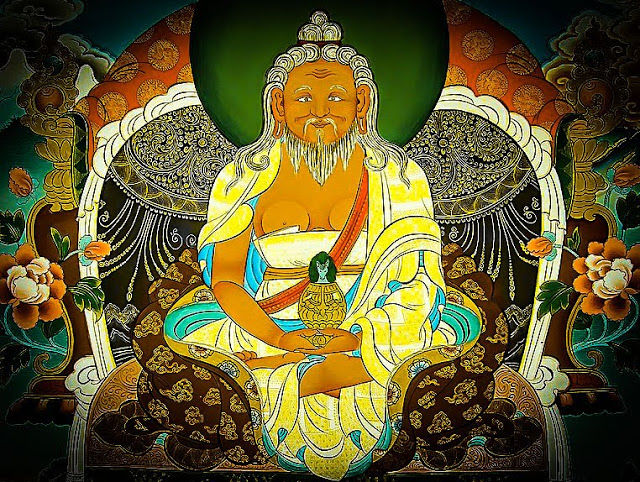
SHABDRUNG NGAWANG NAMGYAL
Commonly known as ‘the unifier’ of Bhutan Shabdrung Ngawang Namgyal (1594 – 1651) was an immediate reincarnation of the 4th Gyalwang Drukchen, the Omniscient Pemo Karpo and the 18th throne-holder and ‘hereditary prince’ of Ralung. While Shabdrung is a title given to high lamas in Tibet, his given name was Ngawang Namgyal.
He came to Bhutan in 1616 A.D. and built many dzongs: the Trongsa Dzong, the Paro Rinpung Dzong, the Punakha Dzong, Simtokha Dzong and more. Zhabdrung is said to be the third most revered person in Bhutan, after Guru Rinpoche and Lord Buddha. In the 1630s he conquered a group of warring fiefdoms and unified them into a single country led by an administrative ruler (Druk Desi) and a religious ruler (Je Khempo).
Over his 35 years as the temporal and spiritual ruler of Bhutan, Shabdrung Ngawang Namgyal repelled a series of Tibetan invasions and overcame internal opposition to unify the country for the first time in its history.
On seven occasions between 1616 and 1679, Tibet launched war against Bhutan, first under the Tsangpa king and, after 1642, under the central Gaden Photang Government newly established by 5th Dalai Lama, Ngawang Lobzang Gyatso.
So important was the Shabdrung Ngawang Namgyal to the stability of Bhutan during this period that his death was kept secret. In 1651 his closest aids announced that Shabdrung had entered strict retreat - and they continued to maintain that he was "in retreat" like this for more than 50 years issuing edicts in his name until 1705.
Shabdrung wears monk’s robes and has a green halo around his head. He is easily identified by his distinctive pointed beard.
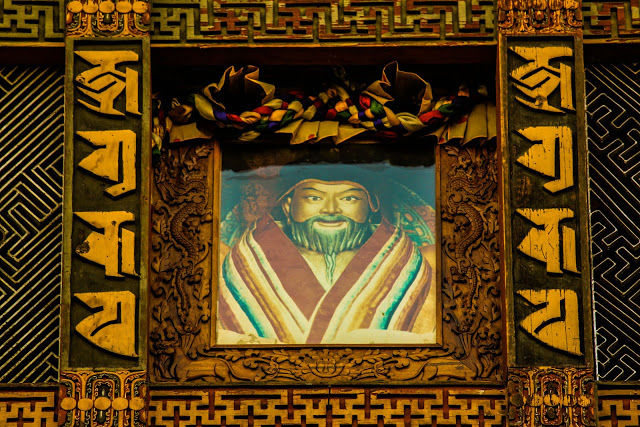
THE FOUR GUARDIAN KINGS
One of the beliefs what makes the Bhutanese really happy and content is the Four Guardian kings of Bhutan who protect the country. After all Bhutan is surrounded by China in the North, and India on all other sides, 2 countries where almost every city exceed the entire population of Bhutan. Though, India do not pose as any threat to the country, and holds a very high regard in the minds of their kings and politicians, but again, beliefs are beliefs.
When you enter any Dzong, well, most of them, you would find the Four Kings painted on the walls. The guardians are believed to be some of Buddha's earliest followers, and serve to protect the structure.
DHRITARASHTRA
Guardian King of the East
Regarded as the God of Music, King of the East, has his eyes closed and speaks with his musical instrument. White in colour, and with the most soothing expression among the other kings, he is also a popular symbol for souvenir seeking musicians. Also, if you are in pursuit of musicianship, it is wise to make an offering to Dhritarashtra.
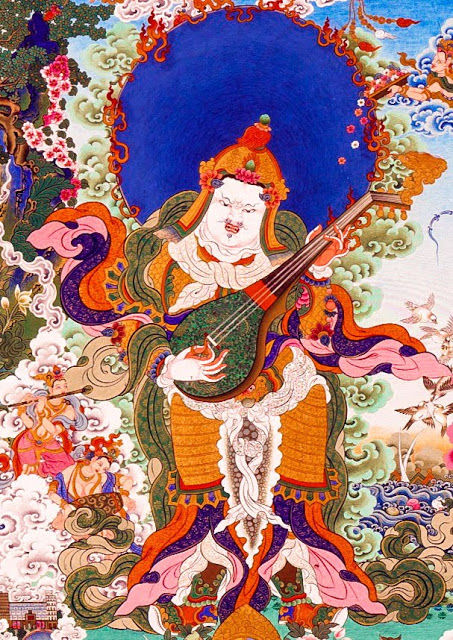
VIRUPAKSHA
Guardian King of the West
Holding a stupa in his left hand, and a green serpent in his right, Virupaksha or the King of the West is the protector of the land and earth. Red in colour he has a distinguishable moustache. His glance is believed to be harmful to other beings, hence he avoids looking at them by staring at the stupa he holds.
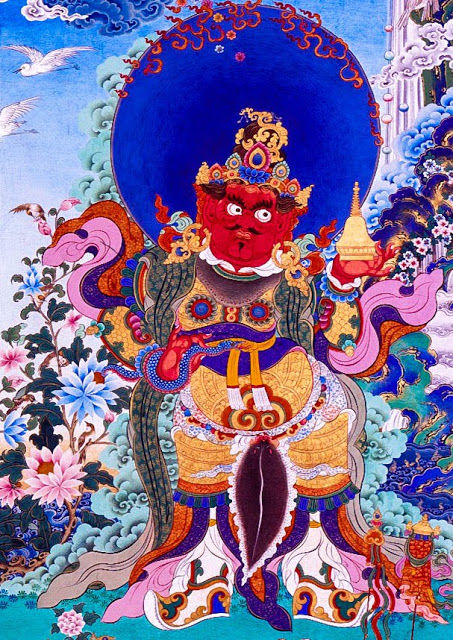
VIASHRAVANA
Guardian King of the North
Considered to be the God of Wealth, the King of the North is a giant throned diety and is regarded as the leader of the mountain dieties. Yellow in colour, he is seen with a victory banner in his right hand and a mongoose that vomits jewels in his left. He occupies the highest position among the Four Guardians and specifically protects Shakyamuni’s Vinaya teachings, protecting those who practice sila (self-discipline).
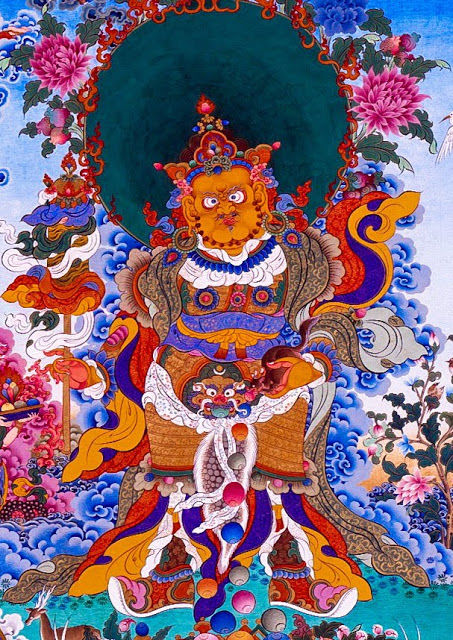
VIRUDHAKA
Guardian King of the South
Carrying a sword and a scabbard, King of the South is blue in colour with his head tilted to the right, with his eyes bulging out. He is the fiercest and most heavily armoured King amongst the others. He protects beings who have led a virtuous life from Yama, the Lord of Death, and uses his power to ward off anything that would disrupt the Dharma.
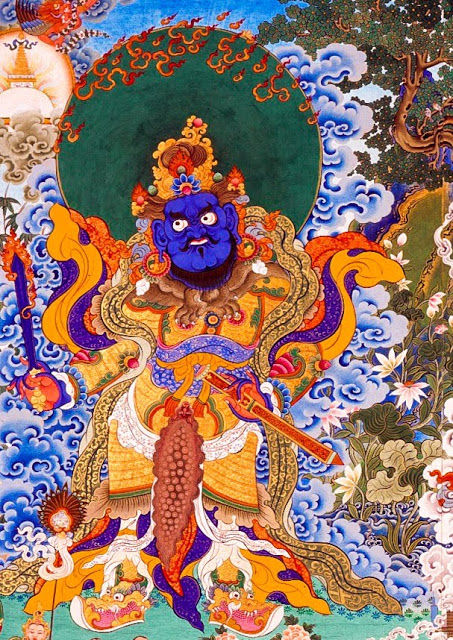
I hope this was helpful.
Feel free to connect with me for any more information.



